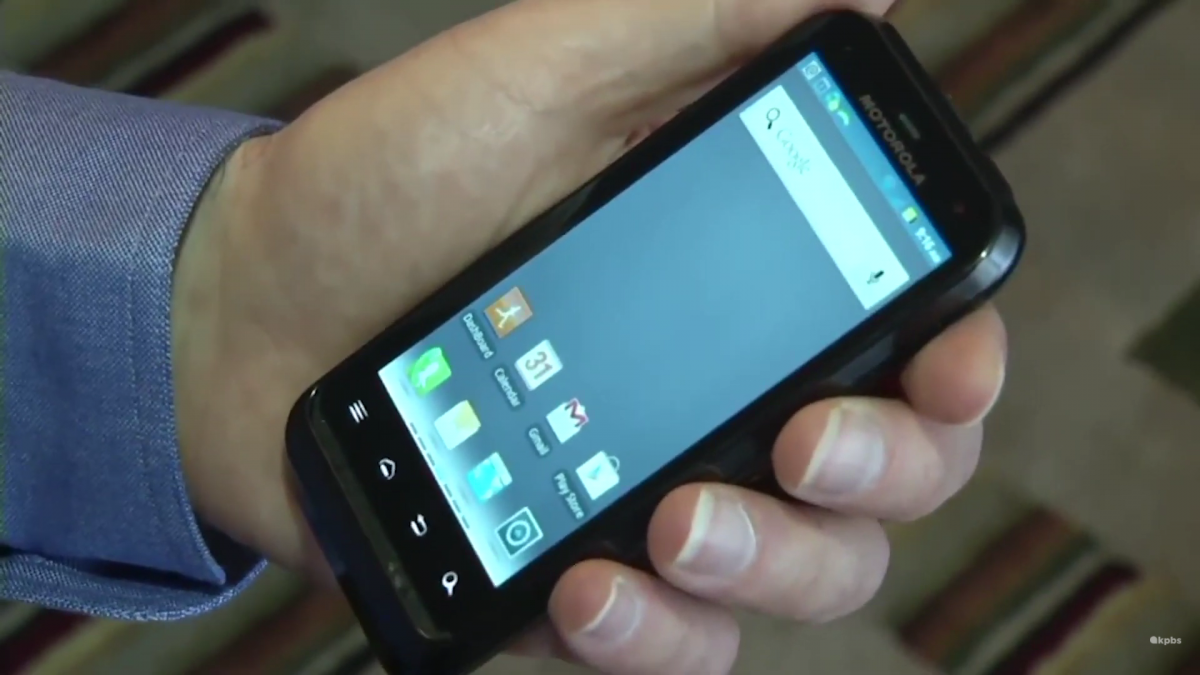AT&T, Verizon delay 5G cellphone towers near airports over safety concerns
Telecom giants AT&T and Verizon agreed on Tuesday to limit their rollout of 5G cellular service in response to concerns it could pose a danger to air travel in San Diego and throughout the U.S.
The 5G wireless frequencies are uncomfortably close to that of the radar that airplanes use to land in low visibility conditions. To avoid message interference, the airline industry has said airports need to maintain buffer zones so that 5G towers do not operate within two miles of an airfield.
The San Diego International Airport is not on the list of airports, put out by the Federal Aviation Administration (FAA), that are said to have adequate 5G buffer zones.
Officials at San Diego International Airport put out a statement, pointing out that companies operating at the airport have not implemented 5G. The statement continued to say that those companies have agreed to work with the FAA to ensure continued operations at affected airports.
For it’s part, AT&T said in a statement the company has voluntarily agreed not to activate some towers near airport runways in the U.S. The company added a jab at the FAA, saying the agency "has not utilized the two years they've had to responsibly plan for this deployment."
5G technology will allow smartphones and other wireless devices to communicate a lot faster. Sujit Dey is director of the Center for Wireless Communications at UC San Diego's Jacobs School of Engineering. He calls 5G efficient and essential.
“It will totally revolutionize agriculture, industry, shipping, transportation, health. Everything,” Dey said.
Dey agrees the parties involved saw this airport conflict coming and they should have worked out a plan. He also considers the two-mile cell tower ban to be "drastic." One possible short-term solution to this problem of radio frequencies is to dial down the 5G as airplanes approach.
“Sensing technologies that can sense that an aircraft is coming and then the power can be reduced, instead of the base station not operating at all,” Dey said. "And then when the aircraft is done, (the power) bumps back up."
But he added that even as a short-term solution it wouldn't work in the largest, busiest airports.
"I'm not sure if this would work at JFK, Los Angeles or Chicago, the really busy airports where all the time, aircrafts are coming in," he said.
Long-term solutions are even more difficult, and Dey said they will require more time and research. But a solution is needed if safe air travel and the power of 5G are going to co-exist in urban America.
